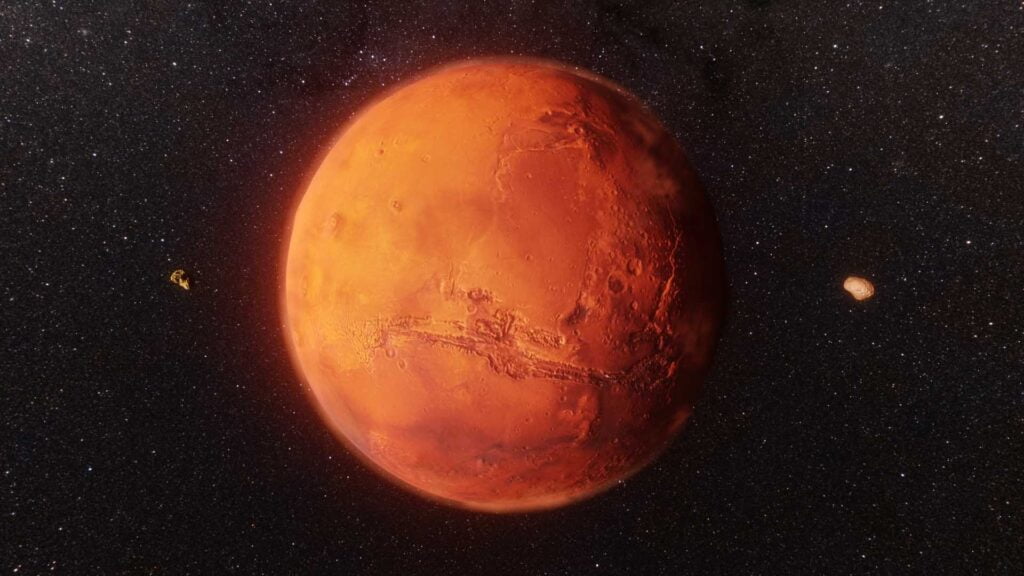
Exploring the Mysteries of Mars
Introduction:
Mars, the fourth planet from the Sun, has long captivated our imagination and sparked curiosity about the possibility of life beyond Earth. With its rusty-red appearance and intriguing geological features, Mars is a planet of immense scientific interest. In this blog post, we will embark on a journey to discover the wonders and mysteries of the enigmatic world known as the “Red Planet.”
- A Red Planet:
Mars earned its nickname due to its reddish hue, caused by iron oxide (rust) present on its surface. This distinct feature sets it apart from the other planets in our solar system. The Martian landscape is adorned with craters, canyons, volcanoes, and vast plains, evoking a sense of both beauty and desolation. - The Search for Life:
One of the biggest questions surrounding Mars is whether it harbors or has ever hosted life. Scientists have been studying Mars for decades, searching for signs of past or present microbial life. The presence of water is crucial for life as we know it, and Mars offers tantalizing evidence of its existence in the past. Ancient riverbeds, polar ice caps, and even recent discoveries of intermittent liquid water suggest that Mars was once a wetter and potentially habitable world. - Mars Missions:
Numerous space missions have been sent to explore Mars, providing valuable insights into its geology, climate, and potential for life. NASA’s Mariner and Viking missions in the 1960s and 1970s paved the way for further exploration. More recent missions, such as the Mars rovers Opportunity, Spirit, and Curiosity, have revolutionized our understanding of the Martian surface and provided evidence of past water activity. - Current Missions:
Today, Mars continues to be a focal point of exploration. The Perseverance rover, launched by NASA in 2020, is the most advanced robotic explorer ever sent to Mars. It is equipped with sophisticated instruments, including a drill to collect samples, paving the way for a future mission to return those samples to Earth. The rover’s primary goal is to search for signs of ancient microbial life, gather data on Mars’ geology, and assess its potential for human exploration. - Martian Mysteries:
Mars is shrouded in intriguing mysteries that continue to captivate scientists and space enthusiasts alike. Some of these mysteries include the existence of methane in its atmosphere, the seasonal appearance of dark streaks called recurring slope lineae, and the potential for subsurface water reservoirs. These mysteries serve as driving forces for future exploration and the quest to unravel the secrets of Mars. - Future Possibilities:
Mars holds immense potential for future human exploration and colonization. Its proximity to Earth and the availability of resources like water and carbon dioxide make it a prime candidate for establishing a sustainable human presence beyond our home planet. Private companies, along with national space agencies, are actively working on plans to send humans to Mars in the coming decades.
Conclusion:
Mars, the Red Planet, continues to captivate our imagination and beckon us with its mysteries. From its reddish landscapes and ancient riverbeds to the search for signs of past or present life, Mars represents a fascinating frontier for scientific exploration and human ambition. As our understanding of this enigmatic world deepens, we edge closer to uncovering its secrets and perhaps answering the age-old question: Are we alone in the universe?
So, let us gaze at the night sky with wonder, knowing that Mars, a planet of endless possibilities, awaits our further exploration.
